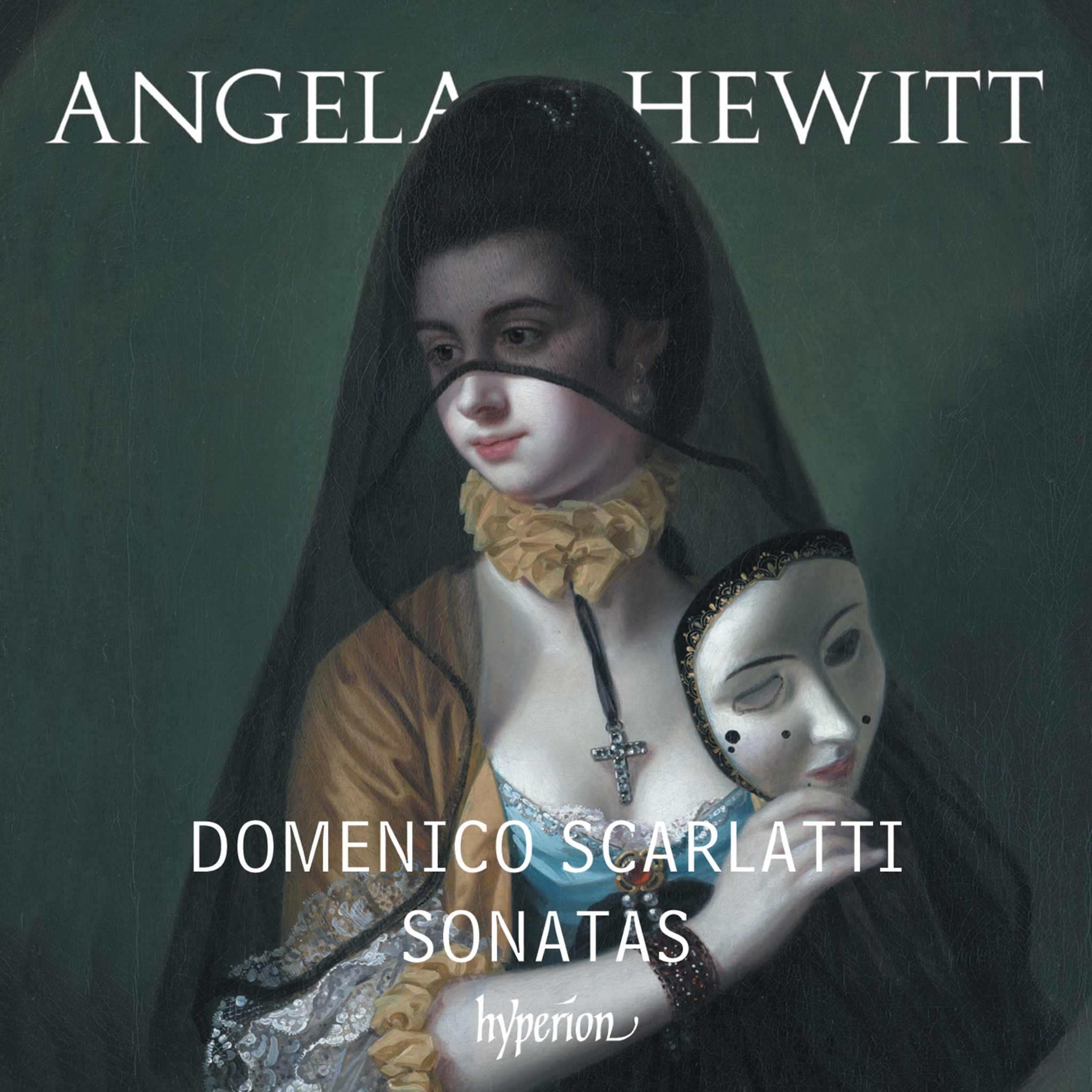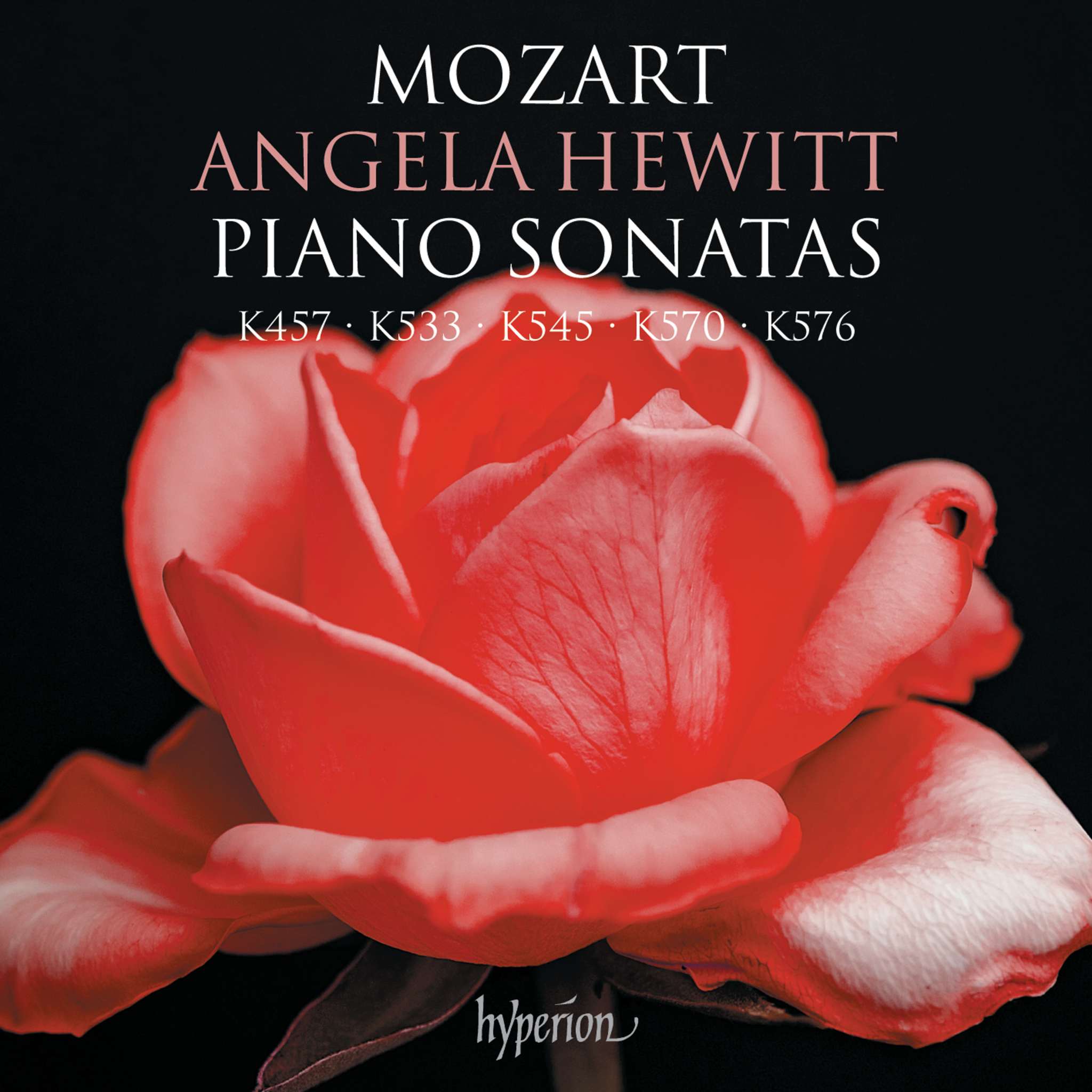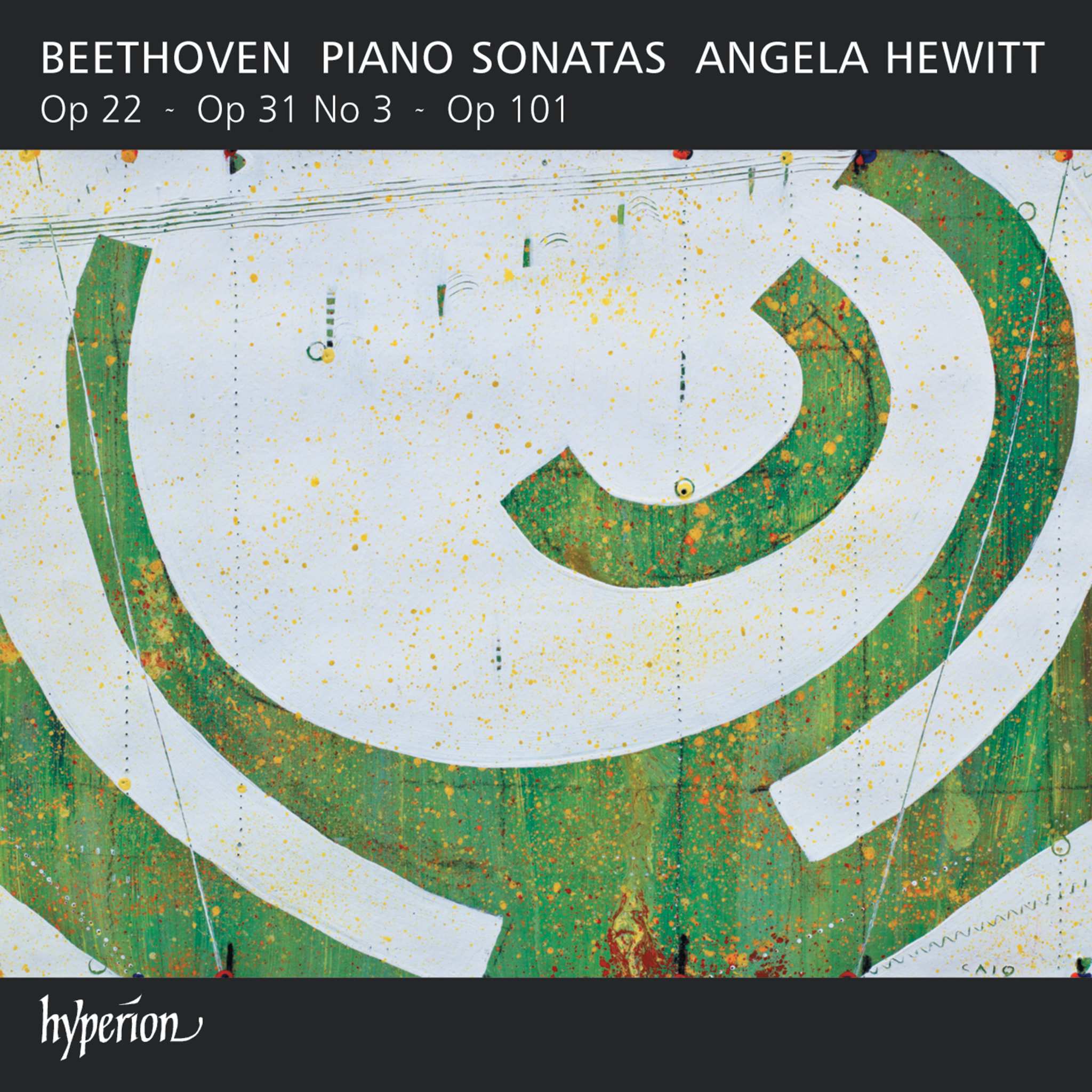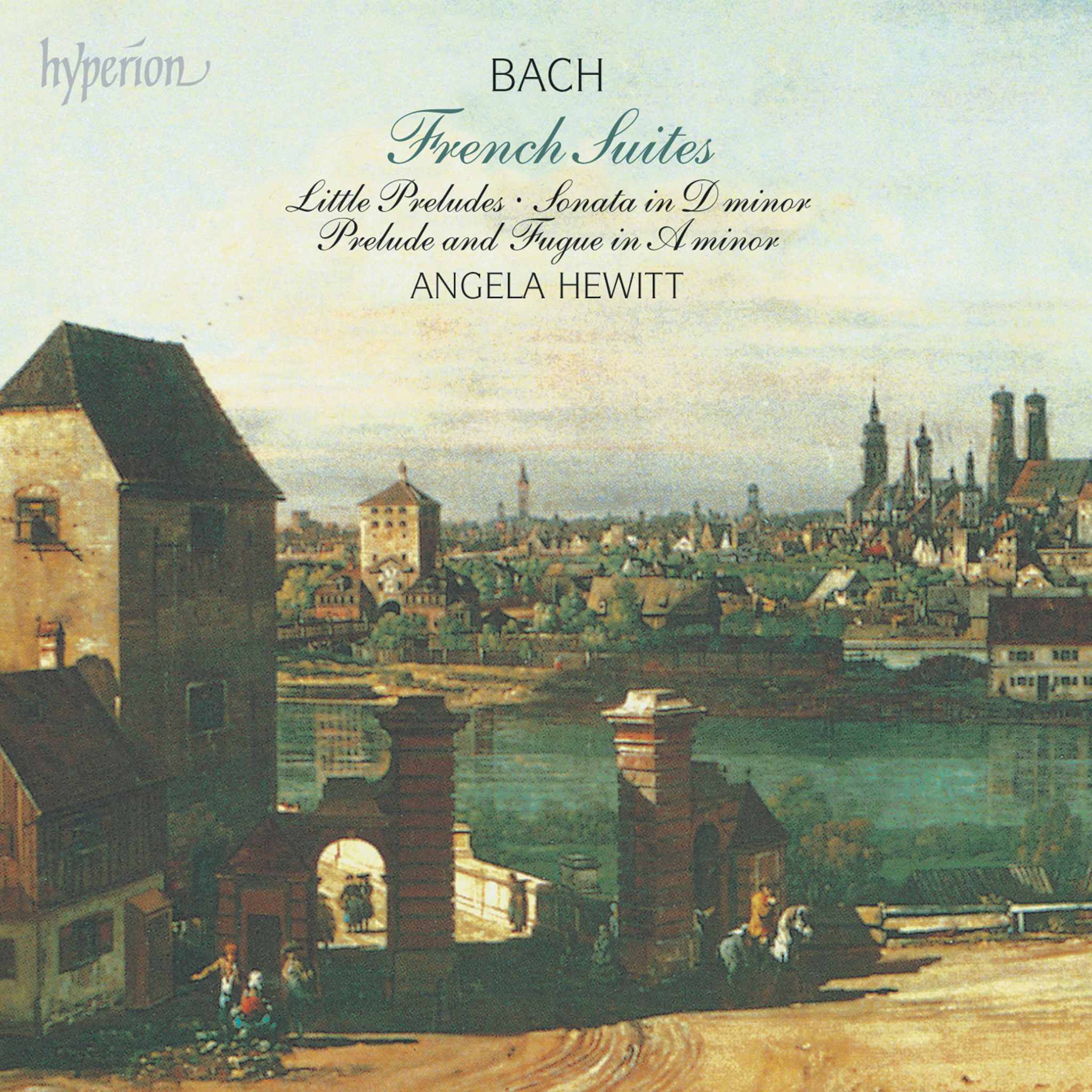Album insights
Im Jahre 1741 veröffentlichte der Nürnberger Notenstecher Balthasar Schmid ein neues Werk von Johann Sebastian Bach: "Aria mit verschiedenen Veraenderungen vors Clavizimbal mit 2 Manualen". Dieses Werk erhielt später den ansprechenderen Namen Goldberg-Variationen (BWV 988). Die Komposition für Cembalo besteht aus einer Aria und einer Reihe von 30 Variationen.
Der Entstehungsanlass dieser berühmten Variationen ist mit einer interessanten Geschichte verbunden. Laut Johann Nikolaus Forkel, dem ersten Biografen Bachs, wurden die Goldberg-Variationen auf Veranlassung des russischen Gesandten am sächsischen Hof, Graf Kaiserling, komponiert. Der Graf litt häufig unter Schlaflosigkeit. In solchen Nächten musste sein Hausmusiker Johann Gottlieb Goldberg, der bei ihm wohnte, in einem Nebenzimmer spielen, um den Grafen aufzuheitern. Einst bat der Graf Bach um einige Klavierstücke für Goldberg, die "sanften und etwas munteren Charakters" sein sollten, um ihn in seinen schlaflosen Nächten zu erfreuen.
Die dreißig Variationen sind in zehn Gruppen von je drei Stücken unterteilt. Die Struktur dreht sich um die großartige französische Ouvertüre der Variation 16. Die Aria erschien bereits früher im Klavierbüchlein für Anna Magdalena Bach (1725), während das vollständige Werk mit Variationen 1741 veröffentlicht wurde.
Musikalisch betrachtet stellen die Goldberg-Variationen einen Gipfelpunkt dar, den fast alle bedeutenden Pianistinnen und Pianisten im Laufe der Zeit zu meistern versuchten. Es ist ein faszinierendes Stück, das bis heute Rätsel aufgibt und einen wichtigen Teil von Bachs umfangreichem Klavierwerk darstellt.
Bachs eigenes Exemplar der Veröffentlichung enthält zahlreiche Korrekturen sowie 14 Kanons mit der Basslinie selbst als Thema. Die Entdeckung dieses "Handexemplars" sorgte 1974 für Aufsehen unter Bach-Forschern. Die Goldberg-Variationen verbinden virtuose Elemente mit eleganten Charakterstücken und bleiben ein bedeutendes Werk der Musikgeschichte.






